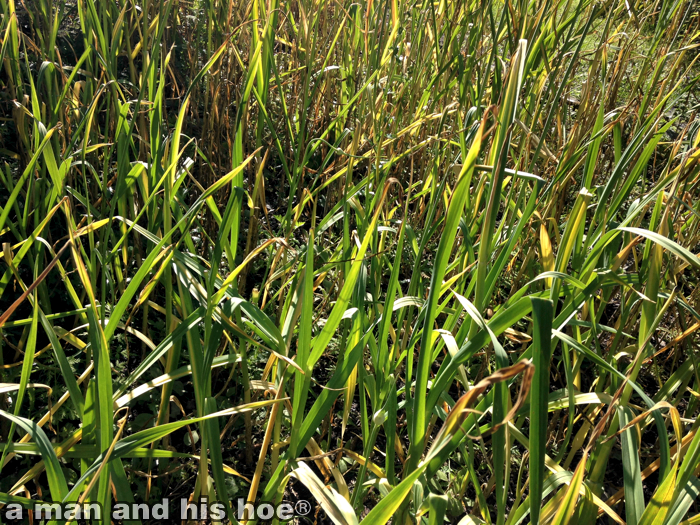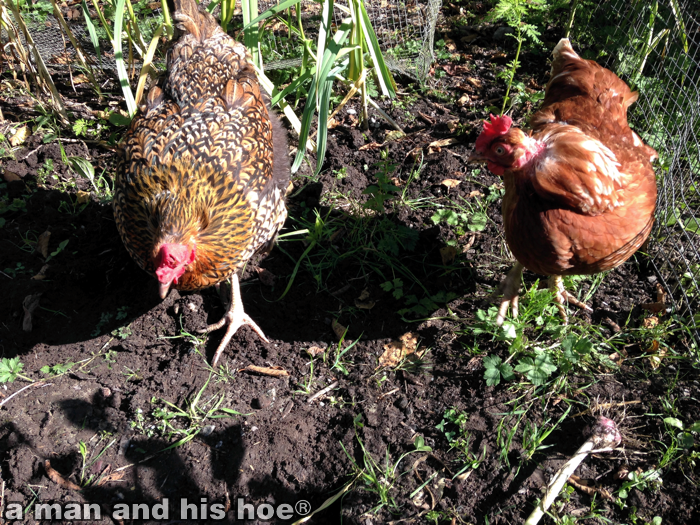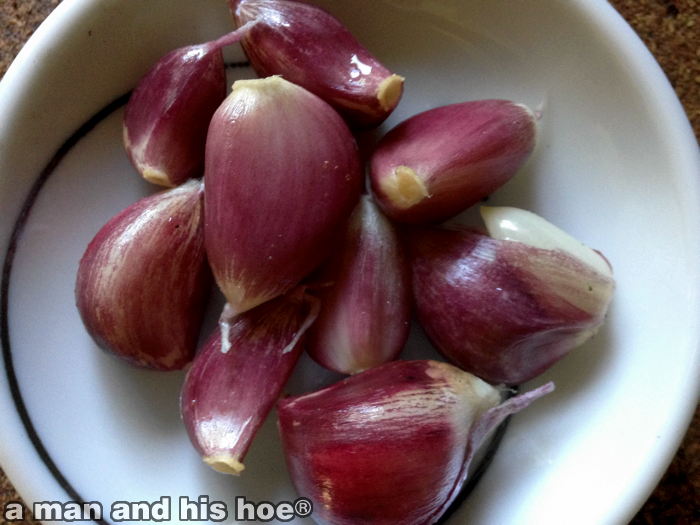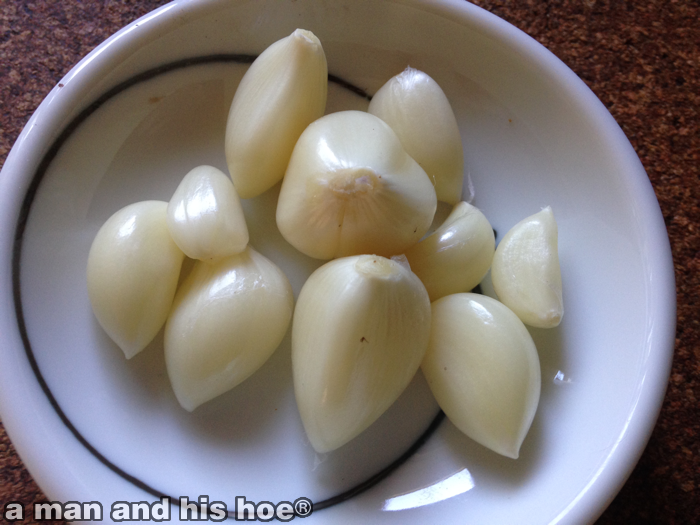Your cart is currently empty!
Tag: crop rotation
-
Garlic Harvest
It’s time to harvest the garlic. Imelda and Lucky are there to help, along with a handful of other chickens. It doesn’t take long to pull the hundreds of garlic I planted last fall. It’s a great crop this year, and now I know I can easily handle a crop ten to twenty times the size of this year’s small field. There’s time before lunch to weed and prep the lot for summer-fall cabbage and lettuce. Farming at this scale requires one to use of every square inch and then some.
It will be another four years before I plant garlic in this plot again. By rotating and not planting garlic here again for a number of years, any pests that especially love garlic and started to get established this season, won’t find their favorite food here anymore and they will die off in the intervening years.






- Maintain Healthy Soil with Crop Rotation ~ Mother Earth News
- Glorious Garlic ~ The Canadian Organic Grower
- Time Again to Plant Garlic ~ Barbolian Fields
- Crop Rotation ~ GrowVeg.com
- Do Garden Crops Really Need Rotation? ~ GardensAlive.com
Yes, The Sainted Gardener will keep excellent records, follow a dedicated plan of rotations and allow each bed to go fallow or be enriched by a cover crop of green manure every seven years. Meanwhile, the other 98% of us will stumble along, trying to pay attention and generally having lots of fun in addition to the occasional unwanted adventure.
You’ll never be sorry that you took the time to think things through before planting—especially with tomatoes and root crops—but rotation is just one piece of the puzzle. Think of it as an odds-improver, and not an impediment to outdoor enjoyment.
If you’d like to purchase some fresh garlic, grown without any herbicides or pesticides, feel free to let me know by filling out the form below or by calling 360-202-0386. I’m selling it for $5 a pound.
[contact-form to=’theman@amanandhishoe.com’ subject=’Garlic Request’][contact-field label=’Name’ type=’name’ required=’1’/][contact-field label=’Email’ type=’email’ required=’1’/][contact-field label=’Garlic Request’ type=’textarea’ required=’1’/][/contact-form] -
NYT – What Farm to Table Got Wrong
Worth reading is What Farm to Table Got Wrong by Dan Barber of the New York Times. Despite the movement for local food and supporting local farmers, he notes the following:
In the last five years, we’ve lost nearly 100,000 farms (mostly midsize ones). Today, 1.1 percent of farms in the United States account for nearly 45 percent of farm revenues. Despite being farm-to-table’s favorite targets, corn and soy account for more than 50 percent of our harvested acres for the first time ever. Between 2006 and 2011, over a million acres of native prairie were plowed up in the so-called Western Corn Belt to make way for these two crops, the most rapid loss of grasslands since we started using tractors to bust sod on the Great Plains in the 1920s.
In the article he visits a grain farmer growing organic emmer wheat and describes the lengthy process the farmer takes growing his wheat. Before his fields are ready to grow a crop of wheat, he rotates a series of crops through the field. He begins with a cover crop of like mustard. He follows that with a legume crop like soybeans or kidney beans. After that he grows oats or rye. Each one of these crops does its part enhancing the soil. Only after all these crops have been rotated through the field is the field ready to grow a crop of emmer wheat.
What is needed to support this intensive process is for people to buy each of these crops. As Dan Barber points out:
It’s one thing for chefs to advocate cooking with the whole farm; it’s another thing to make these uncelebrated crops staples in ordinary kitchens. Bridging that divide will require a new network of regional processors and distributors.